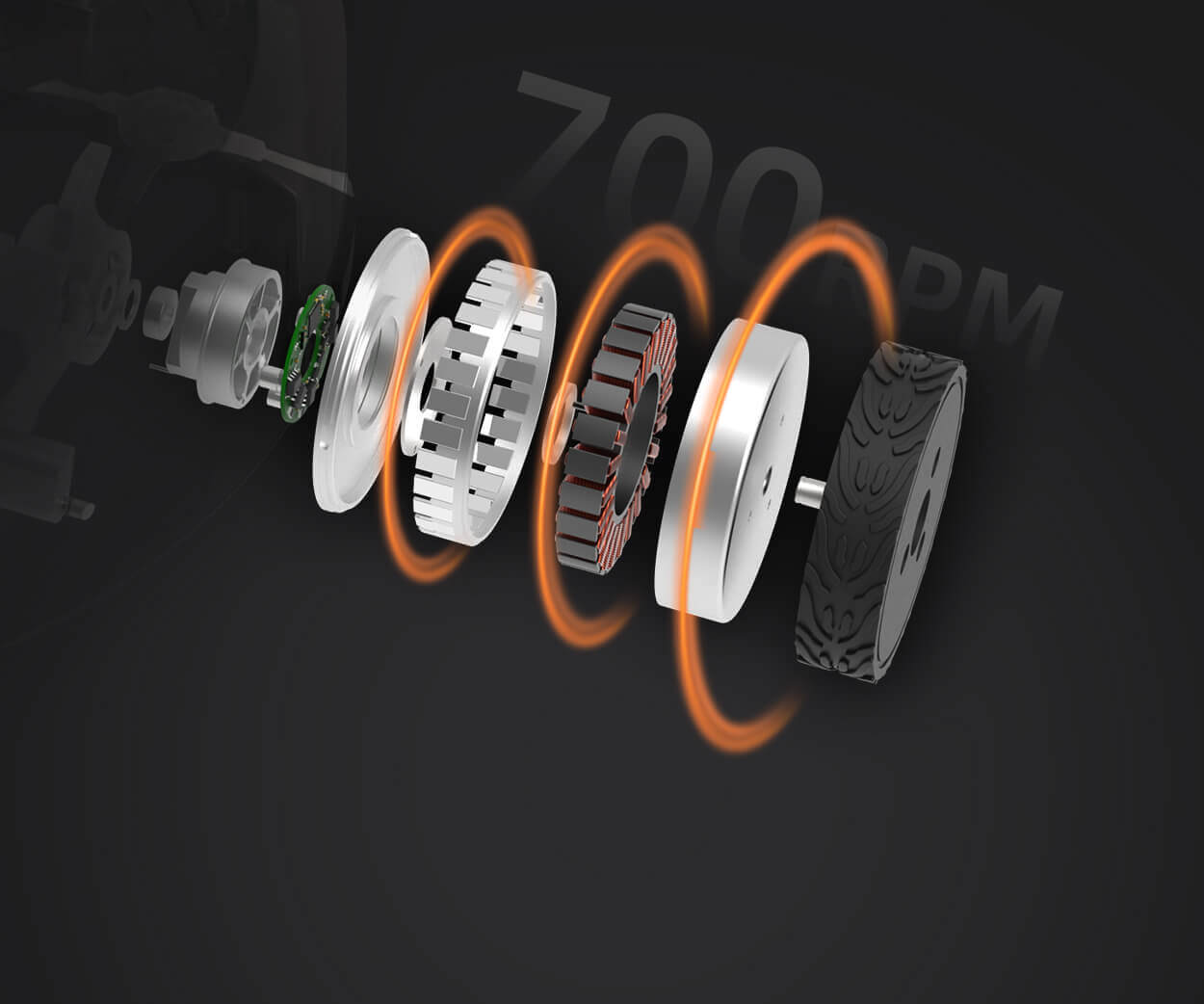Looking into micro servo wiring diagrams can feel like diving into a jungle sometimes. Where to start? Which wires go where? It’s almost like trying to decode a secret message—not that it’s complicated, but it’s got its quirks. If you've ever wondered how to make your tiny servo dance precisely as you want, understanding the wiring is the first step. It’s the backbone of smooth operation, reliability, and performance.

Picture this: you’re building a robotic arm, or maybe shaping your DIY drone. Without knowing the wiring diagram, it’s like trying to assemble a puzzle without the picture. The key is to get those connections right—power, ground, signal—making sure they’re snug and secure. Ever seen someone struggle with a loose wire, causing jittering movements or total failure? That’s where a good wiring diagram shines. It maps everything out, revealing which terminal connects to what. And trust me, understanding this map prevents hours of frustration.
You might be asking, “Do I really need to follow a diagram?”
Well, if you want your micro servo to respond precisely and not wander or twitch randomly, yes. Wrong wiring can lead to inconsistent torque, overheating, or even damage. It’s not just about getting it to work; it’s about keeping it working long-term. That’s why a straightforward wiring diagram isn’t just a detail—it’s your safety net.
Let’s peek into what makes a typical diagram effective. There's usually a clear color code—red’s power, black or brown’s ground, and yellow or white’s signal. These aren’t just arbitrary choices; they’re based on standard conventions. When following a diagram, it’s easy to verify each step—check the voltage first, then look for proper connections. If your diagram shows a servo with three wires, identifying each one ensures you're not confusing power with signal. It’s simple to mess up if you're rushing, but the diagram is your cheat sheet.
People often ask, “Can I just guess and check if I get it right?” Well, that might work once or twice, but ultimately, it’s a gamble. A single wrong wire can cause jittering or even fried components that set your project back weeks.
Imagine a scene: you’ve wired it all up, double-checked the connections, and powered it up. The servo responds smoothly, moving in perfect sync with your commands. That feeling of everything working just as planned—that’s the reward of understanding your wiring diagram. It’s not just about making things work; it’s about making them work better, smarter.
So, if you're turning your ideas into reality with micro servos, knowing the wiring diagram isn’t optional. It’s your secret weapon for stable, reliable performance. Dive into detailed diagrams, follow the color codes, and keep your connections tidy. Once you crack the code, your projects won’t just work—they’ll excel.
Established in 2005, Kpower has been dedicated to a professional compact motion unit manufacturer, headquartered in Dongguan, Guangdong Province, China. Leveraging innovations in modular drive technology, Kpower integrates high-performance motors, precision reducers, and multi-protocol control systems to provide efficient and customized smart drive system solutions. Kpower has delivered professional drive system solutions to over 500 enterprise clients globally with products covering various fields such as Smart Home Systems, Automatic Electronics, Robotics, Precision Agriculture, Drones, and Industrial Automation.




































